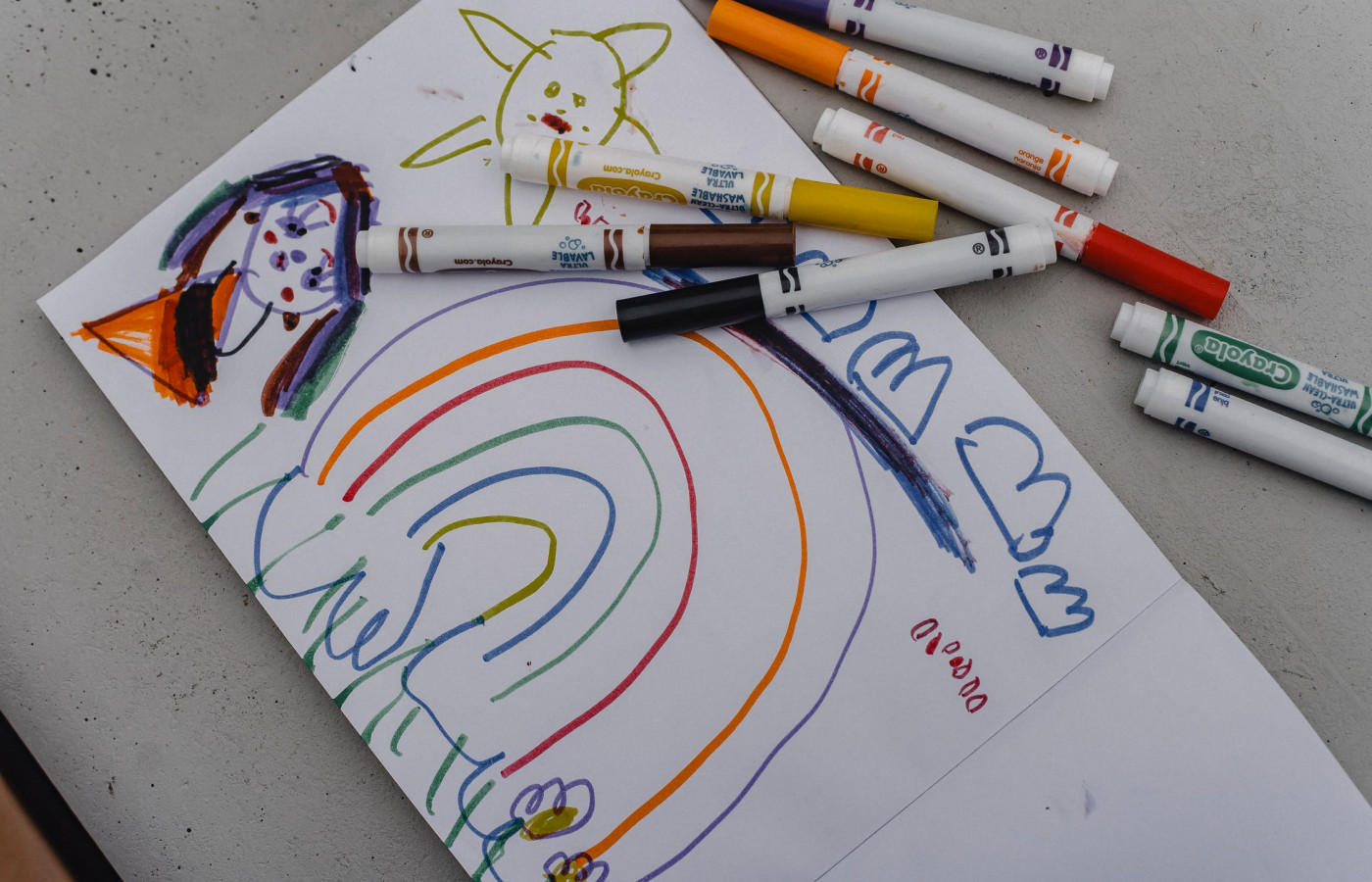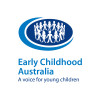Weather clock

Weather clock
Make a weather clock!
Materials Required
- Textas or pen paints
- Paper plate or round piece of cardboard or paper.
Split pin and strip of cardboard
Play experience profile
-
Age:
-
Min Playtime15 - 30 Minutes
-
Energy LevelQuiet Play
-
Messiness Rating
-
EYLF Outcomes
Play Experience Preparation
Source a clock or make one.Experience Steps
- Make the base of the clock (you can use a paper plate or paper).
- Create the weather clock- decide on what to add for temperatures and weather types (e.g. sun, rain cloud, rain, cloud).
- Divide your circle into sections for the different types of weather.
- Draw pictures to represent the different weather symbols (dark cloud, rain, sun, etc.) or better still have have your child draw them!
- Optional - Create a 'dial' or 'spinner' to turn from a split pin and strip of cardboard.

What to talk about, or questions to ask during the experience
- Let's have a look outside―how hot/cold do you feel?
- What does temperature mean? What colours represent temperature? Where else in the home can we find the blue/red for temperature?
- What does weather type mean? What is happening outside?
- Do you feel cold/warm/hot etc.?
- Does the weather change?
- What happens at night time?
Build on this...
- Draw different seasons, explore seasons in more depth, why are seasons different on the other side of the world?
- What other things around the house are hot/cold? What can we touch safely or not?
WHO guidelines for physical activity and sedentary behaviour
Provide evidence-based public health recommendations for children, adolescents and adults on physical activity.
Learn more
Provide evidence-based public health recommendations for children, adolescents and adults on physical activity. Learn more
Physical activity can be added by moving outside or to a window to physically check the weather
EYLF Outcomes
The Early Years Learning Framework has been designed for use by early childhood educators working in partnership with families, children’s first and most influential educators.
View PDF
The Early Years Learning Framework has been designed for use by early childhood educators working in partnership with families, children’s first and most influential educators. View PDF
- Children develop dispositions for learning such as curiosity, cooperation, confidence, creativity, commitment, enthusiasm, persistence, imagination and reflexivity
- Children transfer and adapt what they have learned from one context to another
- Children express ideas and make meaning using a range of media
EYLF Principle
Principle 1: Secure, respectful and reciprocal relationships. Through a widening network of secure relationships, children develop confidence and feel respected and valued.
EYLF Practice
Practice: Learning through play. Play can expand children’s thinking and enhance their desire to know and to learn. In these ways play can promote positive dispositions towards learning. Children’s immersion in their play illustrates how play enables them to simply enjoy being.
Author:


